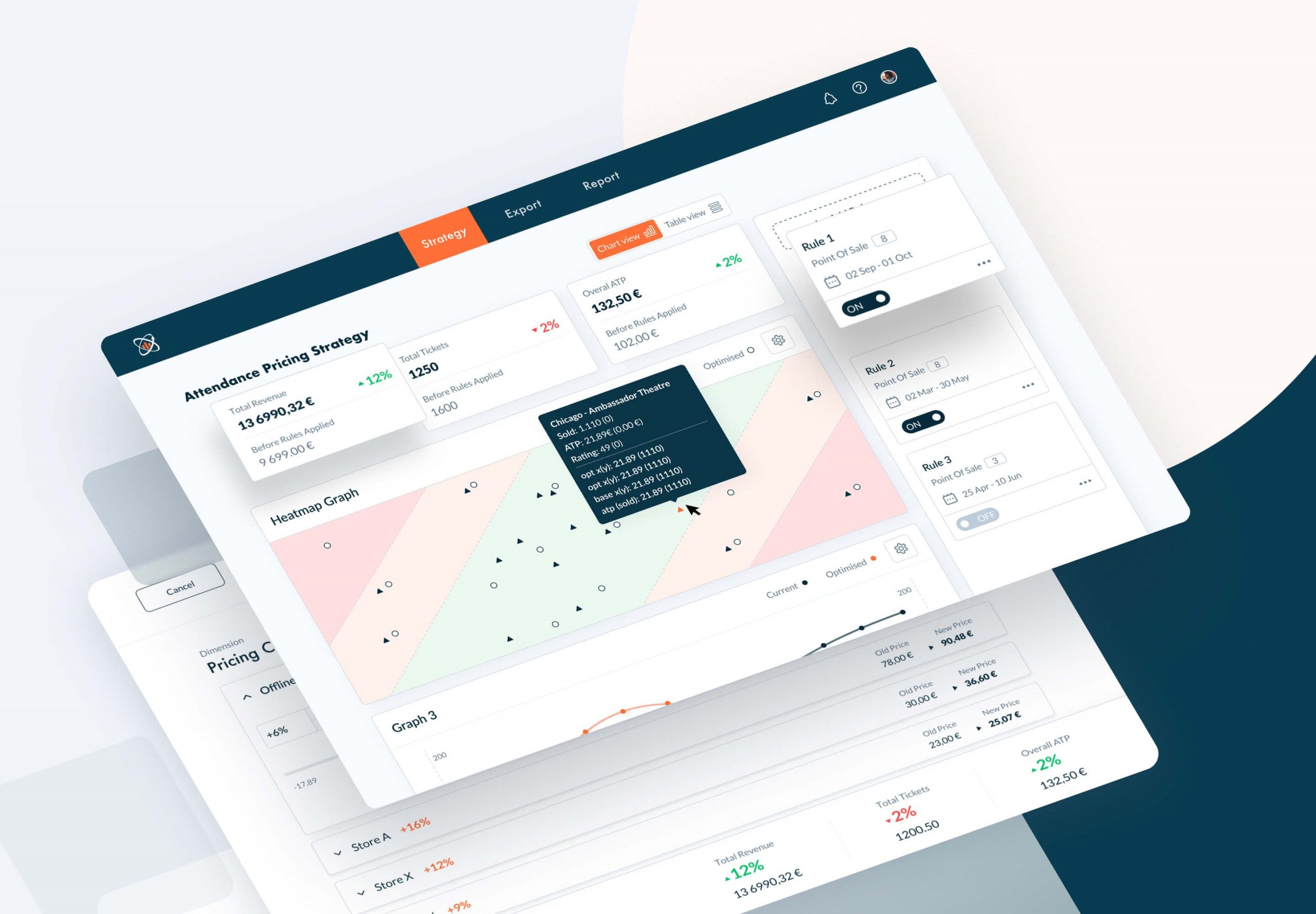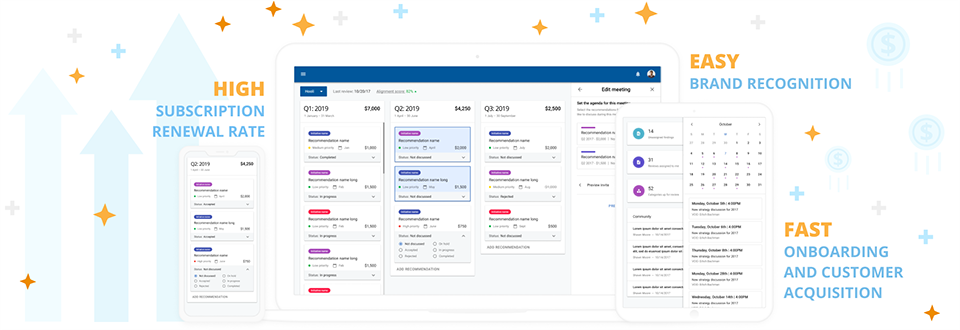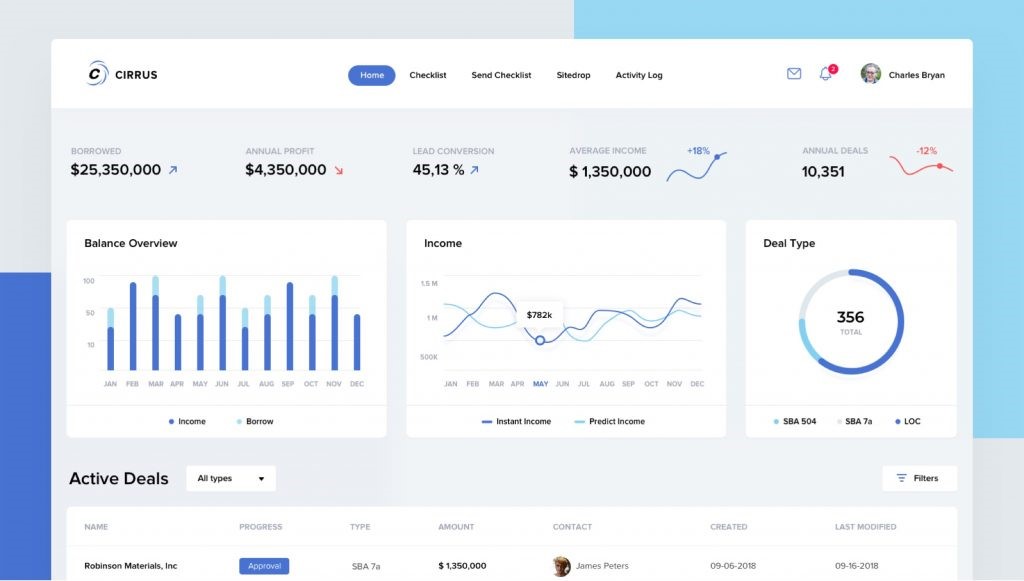Overview of Software-as-a-Service (SaaS):
Software-as-a-Service, abbreviated as (SaaS), is a cloud-built software delivery model. It helps end consumers access software programs online. In a SaaS model, the software is well-maintained and revised by the service provider, housed on remote servers, and made accessible to clients through web browsers, APIs, and mobile apps.
In comparison to conventional software distribution models, SaaS offers a variety of advantages to users, including scalability, lower initial costs, accessibility, and flexibility. Users don’t need to invest in pricey infrastructure to utilize the program since it is hosted on the servers of the service provider. Instead, a subscription fee is paid by the end users to use the program as a service. Know more about usability and accessibility on Uitop’s blog post and explore your interests. The site also delivers knowledge on several other key concepts which help businesses attract more clients.
Why is SaaS Design so Important?
- A Strong Foundation
The importance of design is rising in the present B2B SaaS market. Enterprise consumers now expect to be delighted by the appearance and feel of the items they’re using, a trend that was previously exclusive to B2C products.
- Helps the Team to Move Faster
There will be added feature requests as more people use and value any product. This is fantastic since providers are turning leads into paying consumers and keeping their present clients satisfied. A team must now work more quickly than ever to stay up with the needs and use cases of the product, which are always changing.
- A Properly Designed Product is Considered as a Value Prop, Competitors vs. An Edge
Essentially, the product must be created and developed in a way that best, most elegantly addresses the needs of the consumer. Even if it’s quite complex, a properly designed product will ultimately set a business apart from the crowd. The value proposition gives an advantage over other market competitors.
- A Key to Establish Brand
Building a quality product is essential to developing a brand. In essence, it serves as a springboard for luring in and winning over new clients. The product keeps clients satisfied and makes them the most ardent supporters. Consequently, a properly designed product can potentially develop into a powerful sales tool—a loudspeaker for a brand’s distinctive voice.
Difference between SaaS and SaaS Design
SaaS product design generally adheres to the same fundamental interface design principles as any other program. The design’s primary goal is to satisfy the needs of the typical user, which makes it stand out. Common SaaS users anticipate that the software will offer the quickest and easiest path to achieving their objectives. Owing to this, the design of a SaaS solution should be as simple and intuitive as feasible.
Why has UI/UX Design gained popularity recently?
How does creating a unique SaaS UI/UX Design make an Impact?
A SaaS app development is a difficult process. While some products can achieve long-term success, others are unable to connect with customers and demonstrate their worth. It can be difficult to tell a strong product apart from a fragile one without considering the efficacy of UI/UX design. Here is an example of how UX & UI for software-as-a-s-service can be beneficial.
- Simplified Journey
Customers might receive a straightforward yet comprehensive experience while using a well-designed SaaS solution. All potential audiences are intended to be reached by the implemented functionalities.
- Reduced Customer Churn Rates
A SaaS service may include sensitive information. Consumption is necessary for it to succeed. Therefore, it’s crucial to keep people on board and demonstrate the value of the product to them. This can be accomplished with a great UX solution by streamlining the sign-up process and providing a smooth onboarding procedure.
- Easy Data Access
Clients who use SaaS products for data delivery want to have access to the necessary KPIs and critical metrics. It’s difficult to overstate the contribution dashboards make to raising client ROI and the value of the service. Users are not overwhelmed by well-visualized data; rather, it engages them and quickly and clearly gives them the reports they want.
Understanding ‘The Big Three’
About Service Design
This is a broad field of study. Its task is to analyze a customer-service encounter, break down each step of the trip, and optimize along the route.
Service designers are sleuths who use qualitative research (feedback, interviews) to improve each customer-facing touchpoint. They frequently collaborate on physical locations and retail services in addition to digital items, interacting with customers, charting customer journeys, and assisting the company in streamlining its operations.
For this, good communication skills, analytical abilities, inventiveness, and a curious mind is required. For people who value understanding and human-centered design over hard data, this is a good field.
About UX Design
User experience design, or UX, is a term that resembles service design. UX designers, however, simply pay attention to the touchpoints in the customer journey, whereas service design holds a broad perspective and considers all the components of a customer journey from beginning to end. interactions between a user and a product.
Typically, this is a digital product like an app or a website, but it could theoretically be anything from a train schedule to a menu. Although the distinction between service design and UX might be fuzzy, UX designers typically specialize in particular digital touchpoints.
About Digital Product Design
It’s crucial to keep in mind that product design and user experience design are complementary rather than competitors. Product designers are over-concerned with how a digital product functions than UX designers are with how it looks and how easy it is to use. It’s a big-picture discipline, similar to service design, that connects things like user experience design, customer experience, user interface design, business strategy, and commercial goals.
Choosing the Right One?
UX design, service design, and product design all function similarly in the end. They make excellent employment for individuals who are inquisitive, creative, analytical, tech-savvy, and enjoy watching how customers use their products. Any choice is ultimately reflecting the user’s personality and their interests.
Do you tend to think more abstractly? Do you enjoy looking at a situation from above? The best course of action can involve product design and service. Are you a fan of sound digital design? Are Adobe Suite and wireframes your thing? Users may find success in the realm of user experience. These three vocations’ overlap is one of their best features. Starting with UX and moving into product design, later on, is quite simple, and vice versa.
Conclusion:
A proper and ideal design solution will be rewarded by a SaaS business’s large growth due to luring and keeping more customers if SaaS UI/UX design is well planned. There is no one method for designing SaaS products. Since every project is distinct, users should develop their own strategy for standing out. I hope this list of UX and UI best practices for SaaS has been helpful in educating readers about the major trends and features to pay attention to.


